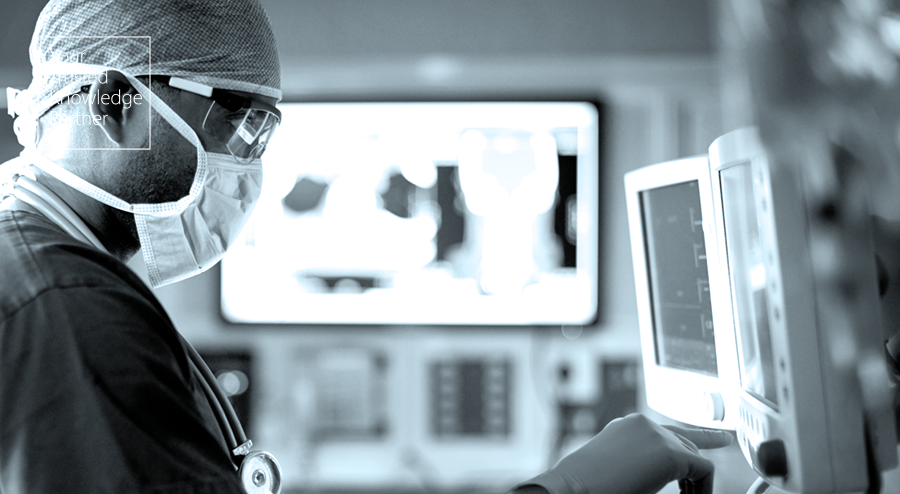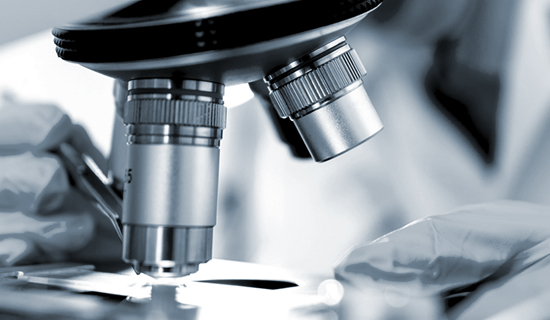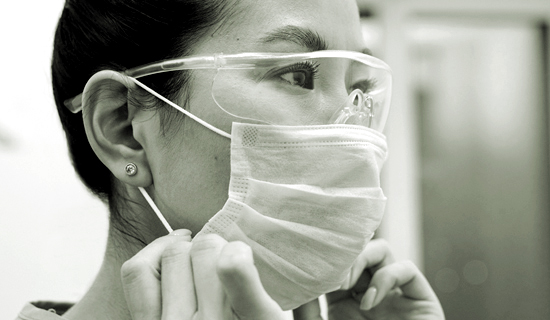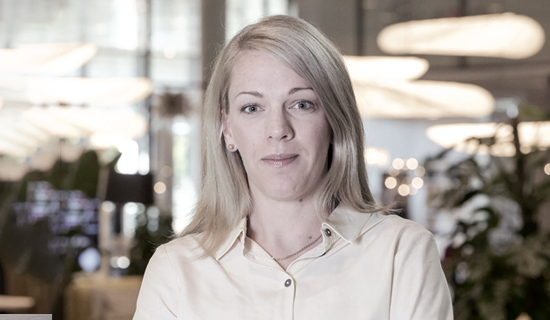Eighteen months have passed since the application date of the medical device regulation in May 2021, and the challenges posed by the transition still define our everyday life.
Many manufacturers of class I medical devices have made succesfull transitions to MDR. However, some manufacturers of certain class I medical devices are struggling with the challenges posed by the transitional provisions in article 120 (3) and (4) of the MDR. This newsletter includes a short summary of the guidance in MDCG 2020-2, to help manufactures navigate these transitional provisions.
Another interesting topic is the ongoing update of the international standard for biological evaluation of medical devices, ISO 10993-1. This newletter includes a short briefing of the update written by one of our consultants.
Upcoming changes in the biological evaluation process of medical devices
All medical devices that are intended to have direct or in/direct contact with human tissue, should be evaluated towards their biological safety. The state-of-the-art standard to be used for this evaluation is ISO 10993-1 (Biological evaluation of medical devices – Part 1: Evaluation and testing within a risk management process) which describes a systematic approach to biological evaluation. The standard has been revised over the past 20 years, from focusing on which biological test should be performed for specific device type, to focusing on the evaluation process and characterization of the device. Despite the revisions, the systematic approach is still focused on comparisons with marketed/commercially available device. However, this is planned to change.
Currently, an international working group is working on rewriting the standard. Most likely, next version of the standard will be more aligned with ISO 14971 (Medical device – Application of risk management to medical devices). The process will also be less focused on comparisons with existing devices and on performing biological tests. It is currently not known when the new version of the standard will be published.
As stated above, over the years the focus has been primarily on characterization of the medical device during the biological evaluation. Following a chemical characterization, a toxicological risk assessment may also be performed. The results of the toxicologic risk assessment may be used as rationale for not performing certain in-vivo biological tests (systemic toxicology, genotoxicity, carcinogenicity, reproductive/developmental toxicity). The standard that describes how these toxicological risk assessments are performed (ISO 10993-17) has been revised and a new ISO/FDIS version of the standard is expected to be published soon. While the current version focuses on establishment of allowable limits for leachable substances, the coming version focuses on toxicological risk assessment and contains more tools to use such as Toxicological Screening Limit (TSL) and Exposure Dose (EEDmax).
Are your class I medical devices still in compliance with MDD 93/42/EEC?
Transitional agreement for class I medical devices defined in MDCG 2020-2 clarify the requirements that need to be fulfilled to legally continue to place MDD-certified class I product on the market after date of application for MDR 2017/745.
In 2020 the Medical Device Coordinating Group (MDCG) released a guidance that clarifies the transitional provisions with regards to article 120 (3) and (4) in MDR.
Article 120 (3) allows under certain conditions, some class I devices (pursuant to Directive 93/42/EEC – MDD) to continue to be placed on the market until 26 May 2024 if the following conditions are met;
- The device continues to comply with Directive 93/42/EEC,
- A notified body will need to be involved under the MDR (e.g., re-usable surgical instruments or up-classified devices)
- A valid Declaration of Conformity, according to Annex VII of the MDD, has been drawn up before 26 May 2021,
- No significant changes to the design or intended purpose of the device after 26 May 2021
- The requirements of the MDR relating to post-market surveillance, market surveillance, vigilance, registration of economic operators and of devices shall apply in place of the corresponding requirements in Directive 93/42/EEC. This shall be in place on the 26 May 2021.
This basically says that a class I medical device cannot continue to be placed on the market under MDD if the above points are not fulfilled. This is an important input to all class I medical device manufacturer.
To get more information and guidance related to the information to be provided in the form of a Declaration of Conformity by manufacturers of Class I devices, read the full version of the MDCG 2020-2
Noomi Altgärde
What is your area of expertise within the Medical Device industry?
I have mainly worked with medical devices in the development phases; from the initial idea to working devices. Ensuring that the regulatory framework is there; risk analysis, requirement specifications, verification/validation in general, and biological evaluation as an example.
What is your best quality in your work as a consultant?
I’m structured and thorough and enjoy explaining and simplifying otherwise complex relationships and processes.
Having worked in both research and product development setting, I think I’m quite good at understanding the viewpoint of the different stakeholders.
If you can only pick ONE piece of advice to give to your client, based on your expertise, what would it be?
View the technical documentation as a much-needed device feature, not only as a necessary evil.
If you can only pick ONE piece of advice to give to your client, based on your expertise, what would it be?
View the technical documentation as a much-needed device feature, not only as a necessary evil.
Where do you find recovery in your everyday life?
By finding room for music and creativity! Since work often involves working by a desk, I also like to move around, preferably outdoors accompanied by my husband and our three kids.
“I think a key aspect in regulatory compliance is to get a birds-eye view on how the processes involved relate and connect to one another. Rather than seeing the regulatory work that you do as isolated tasks, find the red thread. This will make your work faster, more efficient, and more fun!”
Noomi has a PhD in Bioscience and a long background from working with medical devices in the development phase, with a focus on quality assurance and regulatory affairs. Her curiosity and broad background within both research and product development gives an excellent platform to understanding the complexities medical device manufacturers will face, simplifying regulatory requirements and finding hands-on solutions for both manufacturers and other stakeholders.
If you have any questions about our newsletter, please feel free to contact Hermine Redl, Office Manager, by phone on +46 8 621 01 05 or email here.






